The Threat of AI-powered Ransomware Attacks
Pure Storage
MAY 8, 2024
AI-powered ransomware is capable of adapting its tactics in real time and modifying malware code to evade detection. LLMs can be used to alter the source code of a piece of malware to avoid triggering rules, such as YARA rules, which identify patterns in malware families to alert a potential attack. Automating attacks.


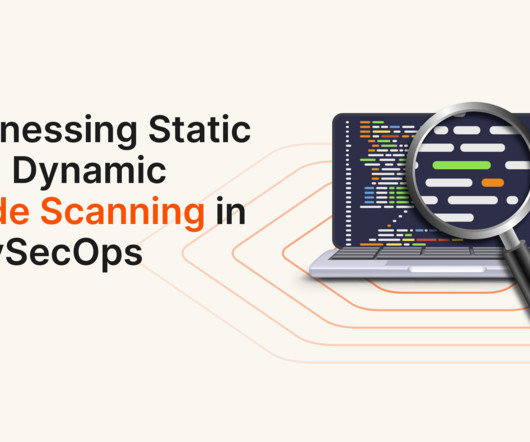
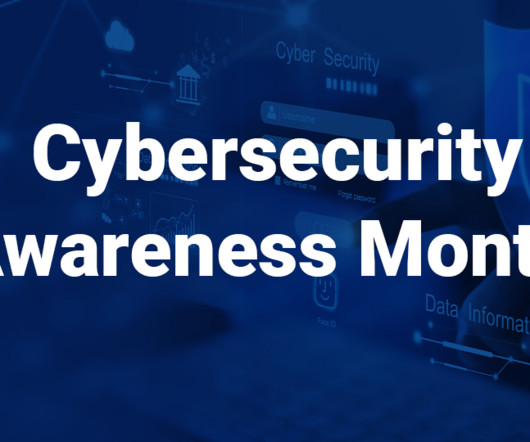
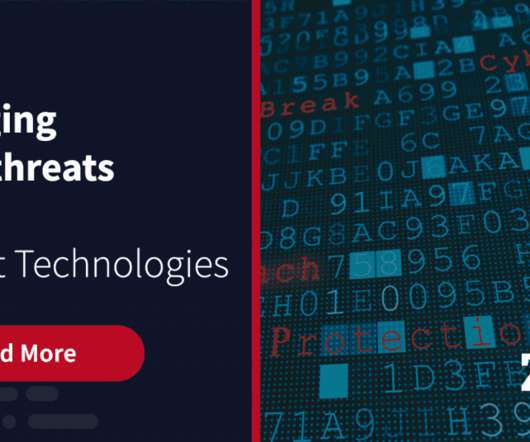
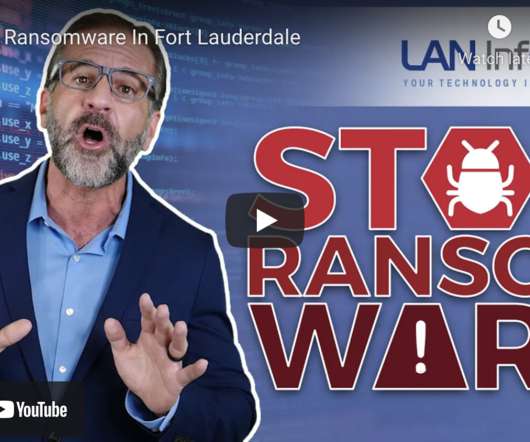

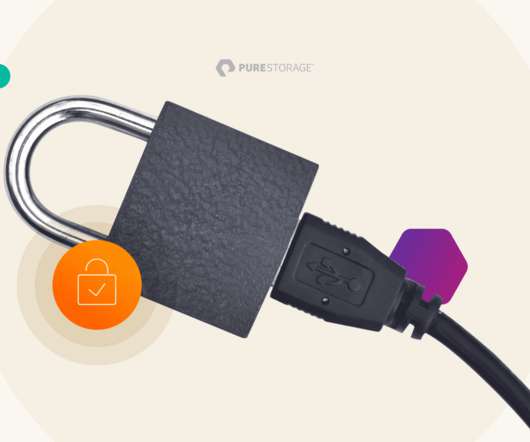
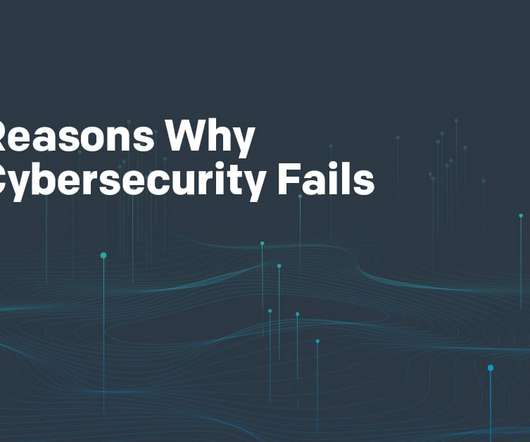

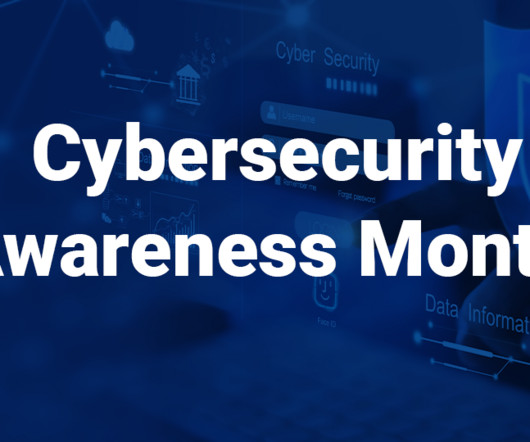
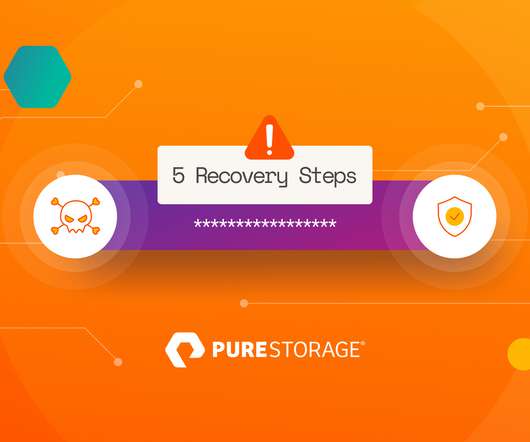






Let's personalize your content